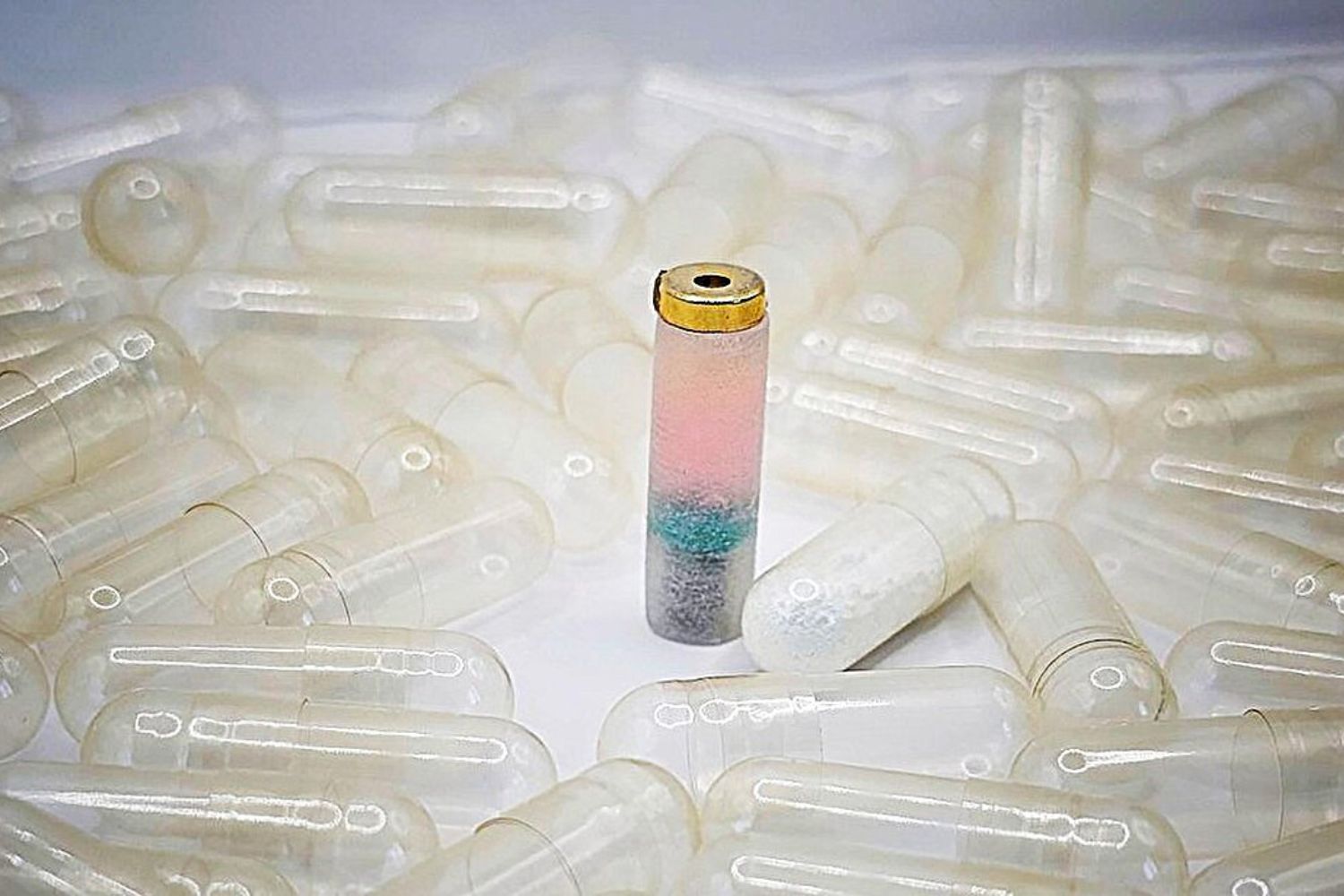Given all the temperature records that have been broken in recent months, it is quite normal to reconsider all the consequences changing of the climate. We are already seeing heat waves, heavy rains and droughts, but this is just the beginning. Little by little we will see little-known collateral damage that can be horrific. One of them, without a doubt, is melting permafrost.
Thus, it is defined as a collection of earth, rocks and sediments mixed with ice that has not melted for at least two years. Therefore, it refers to a permanently frozen layer that is logically found in the coldest places on Earth. The problem is that climate change is reaching these places, so little by little the ice will melt, releasing what is underneath. Much has been said about the possibility that highly pathogenic microorganisms are released, for which our immune system is not ready. But that is not all. Large quantities highly radioactive and carcinogenic gas.
This gas is radon. It occurs naturally below the Earth’s surface and usually comes to the surface at levels that are not of concern. In the open air it dissipates quickly, but in buildings it can accumulate, becoming very dangerous. Therefore, it is very important to know the levels that occur in specific areas of the Earth. A 2022 study found that in the Arctic, the release of radon from thawing permafrost could have catastrophic consequences. And several factors will converge there that could result in the death of many of its inhabitants.
Where does radon come from?
Radon found beneath the Earth’s surface comes primarily from uranium decay present in some breeds. It can also be found in groundwater. At the same time, this gas is continuously formed and released through the Earth’s surface.
It can enter buildings through small cracks, accumulating inside. This is one of the reasons why ventilation is so important. The amount of radon will depend on geological composition of the areafor not all rocks contain uranium, and those that do do not contain it in the same amount.
But in the case of frozen areas thawing permafrost adds an alarming factor that is not well understood and which, with climate change so advanced, must begin to be taken into account.
The danger of radon from thawing permafrost
Permafrost is a double-edged sword when it comes to underground radon. On the one hand, it acts as shield preventing release. But precisely for this reason promotes its accumulation. If it can’t escape, it builds up as the uranium in the rocks decays.
In fact, it is assumed that radon concentration in areas covered with permafrost, it increases 12 times compared to unfrozen surfaces of the same geological composition. As a result, the melting of this permafrost can bring many problems to the population of nearby areas.
Radon is the second leading cause, according to studies of its effects. lungs’ cancer after smoking. Moreover, the tobacco itself creates synergy with radon, so smokers are much more likely to get sick if they are exposed to this gas. Given that the Arctic still has a deeply rooted smoking tradition and a large number of smokers, the health risks will be even greater.
It has been noticed that all this is multiplied in buildings with basements, since it is there, if it is not well sealed, that the largest share of radon enters. So now that climate change is starting to show its cruelty, this also needs to be thought about.
If forecasts do not change, it will be lost by 2050 42% permafrost Circumpolar Arctic. This means liberation from imaginable and unimaginable dangers. At the very least, we should start preparing for the ones we can imagine.
Source: Hiper Textual













